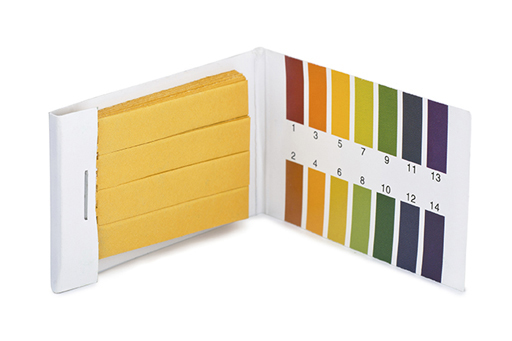2.1 The pH scale
The unfortunate accident to Alexis St Martin led doctors to understand more about the workings of the stomach than ever before. Let’s start by looking in more detail at the acid.
A special scale is used to measure how acidic a solution is – the pH scale (Figure 3). Anything reading less than 7 on the pH scale is an acid. The more acidic it is, the lower the number. Water, which is neutral, has a pH value of 7. Anything greater than 7 is said to be alkaline. The pH of stomach acid is about 2, less acidic than car battery acid (pH 1) but more acidic than lemon juice (pH 2.4) and vinegar (pH 2.9). Bicarbonate of soda is alkaline – a solution of it has a pH of about 8.

Some people get indigestion or ‘heartburn’. This can be caused by the acid from the stomach irritating the lower part of the oesophagus, which is called acid reflux. If the condition occurs only occasionally and is mild, the symptoms can be alleviated by taking over-the-counter medicines called antacids. These contain alkaline substances which neutralise the stomach acid, usually producing carbon dioxide gas at the same time, which may cause wind (flatulence).
